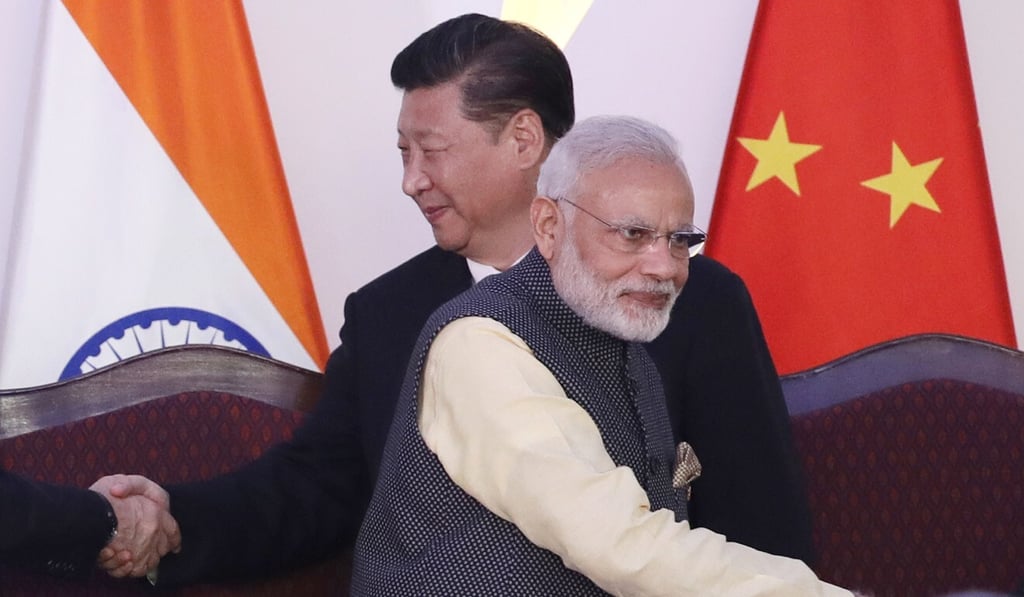‘Boycott China’ is trending in India, but turning rhetoric into reality may be easier said than done
The Make in India movement is gaining ground amid rising anti-Chinese sentiment but with Indian companies heavily dependent on Chinese capital, Narendra Modi’s push for self-reliance could be self-destructive

In April, a month after the Indian government ordered the first phase of a countrywide Covid-19 lockdown, an online campaign began to gain steam, a collective vow to buy only swadeshi – home-grown – goods, to help alleviate the economic “agony” caused to local businesses by the pandemic. But more than just buy local, this was a call, specifically, to avoid anything made in China.
In one way reminiscent of Mahatma Gandhi’s non-violent resistance to the British Raj, where Indians under occupation forewent Manchester-sewn textiles in favour of “homespun” cloth, the difference between then and now, of course, is that China is not an occupying force. But that is where campaign organiser Swadeshi Jagran Manch (SJM) might disagree.

#Boycott_China_MNCs took off as a hashtag, as did #MadeInIndia, and tweets vowing to not use Chinese products have continued to dominate Indian trending pages.
“Let’s all #RemoveChinaApps from our phones & within a year Chinese Hardware too. It will save us 50 Lac Crores that we pay as Trade Surplus to China! 25% of our GDP. Jai Hind!,” proclaimed one tweet.